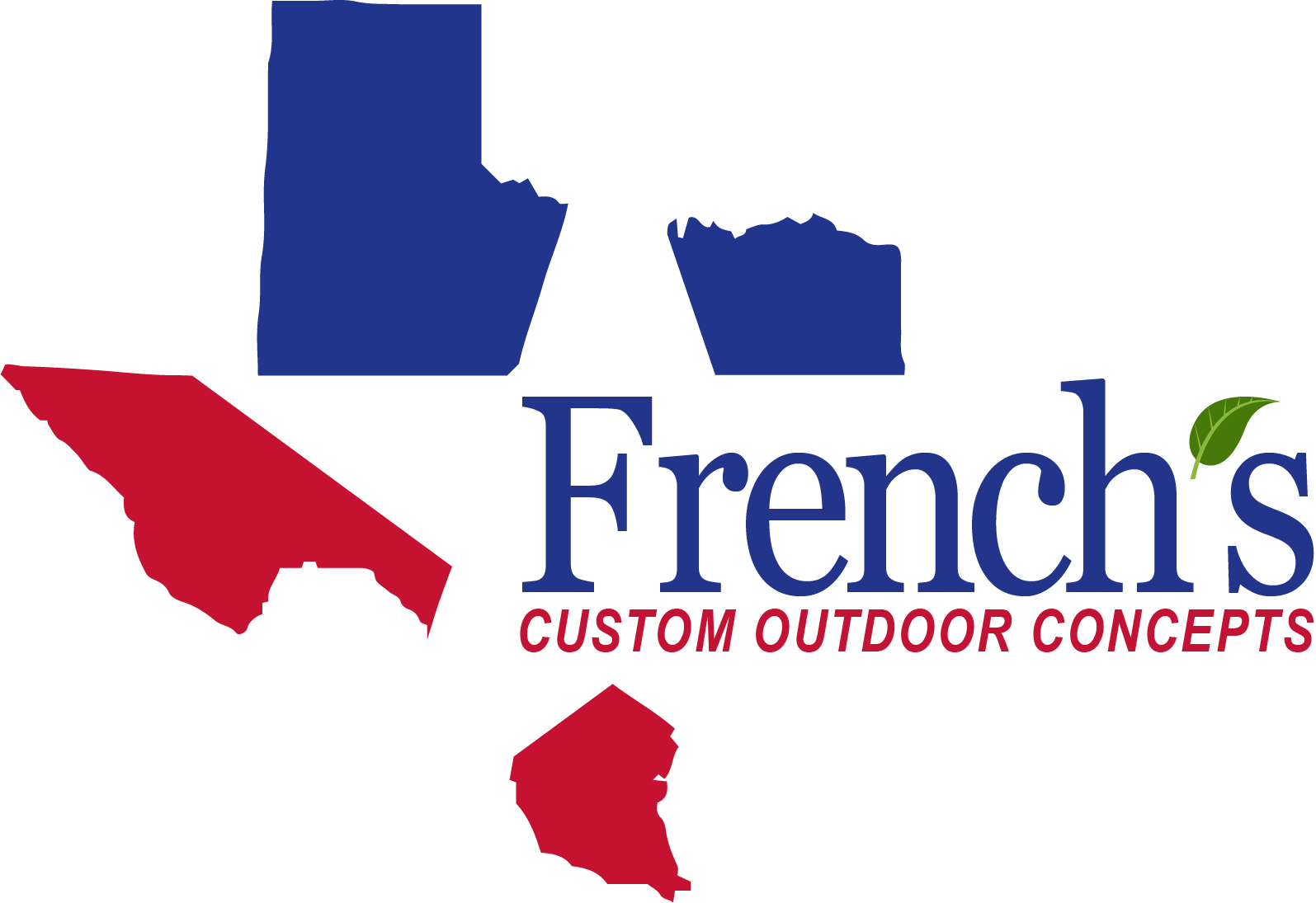French's Custom Outdoor Concepts
Helping You Create the
Outdoor Space of Your Dreams
We are a Top-Rated Texas based contractor, specializing in custom decks, patio covers, sun arbors and outdoor kitchens.
French's Custom Outdoor Concepts
Outdoor Construction in San Antonio, TX.
French’s Custom Concepts is dedicated to perfection. We are consummate professionals who work with precision and technical mastery. We ensure that even the smallest details in design and construction are carried out properly.
Previous
Next
We will Build Your Dream
We offer these service and more
Deck Building Services
We believe your new deck should be more than just an addition, it should be a harmonious extension of your home.
Patio Covers & Sun Arbors
As you’re enjoying the outdoor spaces surrounding your home, they offer you some relief from intense sunlight and heat.
Outdoor Kitchens
An outdoor kitchen gives you a delightful cooking experience in the fresh air. Outdoor kitchens are fun and practical and add value.
read our testimonials
Why choose us to build your outdoor space?
We consider ourselves people of vision and talent, who have a deep passion to be the absolute best at what we do. We thrive for knowledge and progression. We will continuously strive to improve on our deck building and exterior construction capabilities. We’re interested in substance and not the superficial.
Chris French designed exactly what I had in mind for our outdoor kitchen.
Chris communicated with me daily on the progress and times his team would be on site. The result was our beautiful L-shaped outdoor kitchen.
Thanks Chris and team. We are also rest assured that Chris will stand behind their work. We love our outdoor kitchen.
MichelleOfficial Google Review
French’s Custom Outdoor Concepts is the best company I have had the pleasure of contracting. They built a 36’ x 12’ covered deck. They could purchase Trex for very little more than cedar, so I chose Trex. The cover design was gabled. Of all the bids I had, they were the only company to offer this style.
KarenOfficial Google Review
Chris and his team were truly lifesavers for me and my deck!! His team (Greg & Brady) were also very skilled, professional, and made sure things stayed clean. I truly could not be happier. If you are looking for a company that gets the job done right the first time, hire this company!
JulieOfficial Google Review
Previous
Next

